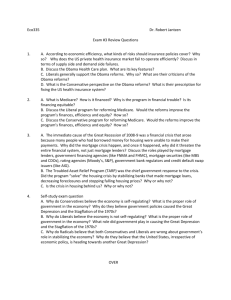Traces of initial growth spurt seen in the late 1970s
advertisement
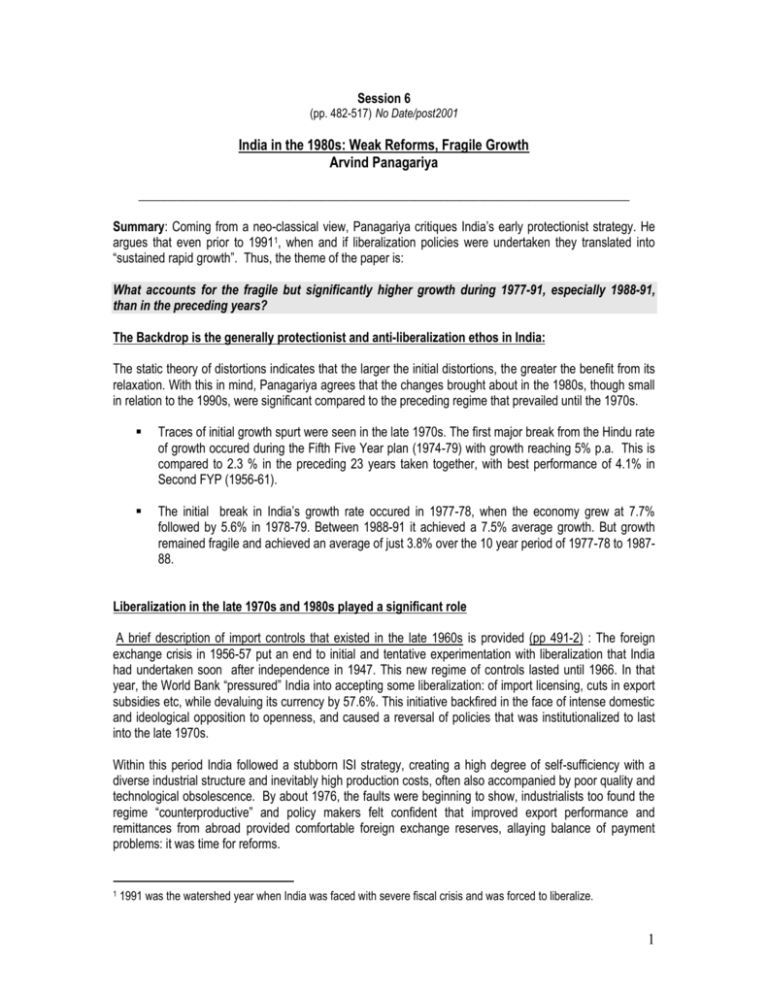
Session 6 (pp. 482-517) No Date/post2001 India in the 1980s: Weak Reforms, Fragile Growth Arvind Panagariya ______________________________________________________________________________ Summary: Coming from a neo-classical view, Panagariya critiques India’s early protectionist strategy. He argues that even prior to 19911, when and if liberalization policies were undertaken they translated into “sustained rapid growth”. Thus, the theme of the paper is: What accounts for the fragile but significantly higher growth during 1977-91, especially 1988-91, than in the preceding years? The Backdrop is the generally protectionist and anti-liberalization ethos in India: The static theory of distortions indicates that the larger the initial distortions, the greater the benefit from its relaxation. With this in mind, Panagariya agrees that the changes brought about in the 1980s, though small in relation to the 1990s, were significant compared to the preceding regime that prevailed until the 1970s. Traces of initial growth spurt were seen in the late 1970s. The first major break from the Hindu rate of growth occured during the Fifth Five Year plan (1974-79) with growth reaching 5% p.a. This is compared to 2.3 % in the preceding 23 years taken together, with best performance of 4.1% in Second FYP (1956-61). The initial break in India’s growth rate occured in 1977-78, when the economy grew at 7.7% followed by 5.6% in 1978-79. Between 1988-91 it achieved a 7.5% average growth. But growth remained fragile and achieved an average of just 3.8% over the 10 year period of 1977-78 to 198788. Liberalization in the late 1970s and 1980s played a significant role A brief description of import controls that existed in the late 1960s is provided (pp 491-2) : The foreign exchange crisis in 1956-57 put an end to initial and tentative experimentation with liberalization that India had undertaken soon after independence in 1947. This new regime of controls lasted until 1966. In that year, the World Bank “pressured” India into accepting some liberalization: of import licensing, cuts in export subsidies etc, while devaluing its currency by 57.6%. This initiative backfired in the face of intense domestic and ideological opposition to openness, and caused a reversal of policies that was institutionalized to last into the late 1970s. Within this period India followed a stubborn ISI strategy, creating a high degree of self-sufficiency with a diverse industrial structure and inevitably high production costs, often also accompanied by poor quality and technological obsolescence. By about 1976, the faults were beginning to show, industrialists too found the regime “counterproductive” and policy makers felt confident that improved export performance and remittances from abroad provided comfortable foreign exchange reserves, allaying balance of payment problems: it was time for reforms. 1 1991 was the watershed year when India was faced with severe fiscal crisis and was forced to liberalize. 1 Reforms during the late 1970s and 1980s: (pp 495-9) The major steps were taken in the second half of the 1980s. Described as “liberalization by stealth”: had to be done covertly to bypass fears about openness; was undertaken within the framework of licenses, monopoly rights of the state on certain import items (referred to as “canalization”), export incentives etc. Joshi and Little (1994) describe reform from 1984-85 to 1989-90 as “quasi-Southeast Asian style”. These steps included substantial income tax exemption on export earnings, duty free imports of capital goods in “thrust” industries, relaxation of industrial controls, and a realistic exchange rate was adopted (depreciated by about 30% from 1985/86 to 1989/90). Dramatic results: led to considerable response from industry and trade, exports at 1.2% during 1980-85 rose to 14.4% during 1985-90. Growth rate also accelerated significantly. This was viewed in the peak industrial growth rate of 10.5 % in 1989-90 (Vs. 4.5% in 1985-86), and rise in productivity in consumer, intermediate and capital goods sector (the latter from a study by Chand and Sen, 2000). The Catch: Foreign borrowing helped the economy achieve higher rates in investment and imports. This led to a rapid accumulation of foreign debt, which rose from $20.6 billion in 1980-81 to $64.4 billion in 1989-90. Also, the “quality” of this debt changed between 1984-85: private borrowings increased from 28 to 41% from 1984-85 to 1989-90. Non-confessional debt rose from 42 to 54%. Internally also, current domestic public expenditure rose, particularly in the services sector ( eg. defense spending, interest payments, subsidies and higher wages for government employees). Public expenditures rose from 18.6% in the first half of 1980s to 23% in the second half. Current account deficits had risen t 3.5% of the GDP and 43.8% of exports by 1990-91. The outcome was the crisis of 1991: confirming the fundamental weakness and “fragility” of the underlying forces that had provided for growth pre-1991. Current situation post-1991: There are weaknesses in fiscal and banking areas, but no fear of crisis, as reforms continue apace. A summary of the paper from his website: “The view that India grew in the 1980s at rates comparable to those in the 1990s with little liberalization is widely held inside and outside India. While this has not deterred the evolution of the public opinion within India in favor of more and speedier reforms, it has led some scholars to turn skeptical. Recent writings of the economic historian Bradford DeLong and development economist Dani Rodrik reflect this skepticism. I argue in this paper that the growth during 1980s was far more fragile than in the 1990s. And, moreover, contrary to the general impression, economic liberalization including judicious management of the exchange rate, particularly under Rajiv Gandhi, played a significant role in yielding higher even if fragile growth during 1980s than the preceding three decades.” (http://www.bsos.umd.edu/econ/panagariya/apecon/polpaper.htm) 2
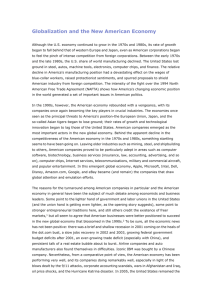

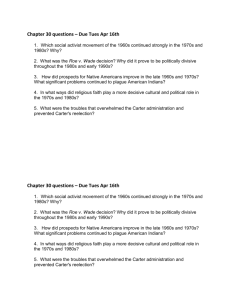
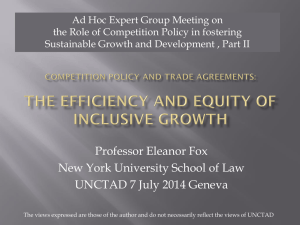
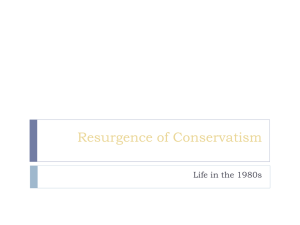



![Midterm1: StudyGuide[Schaeffer]](http://s3.studylib.net/store/data/007091072_1-c0613f2c3bd55f3b4ea56190b4a7d5fa-300x300.png)
